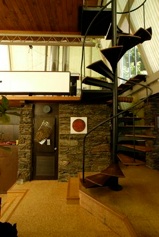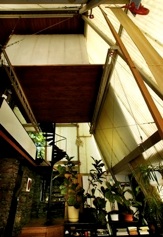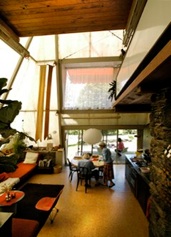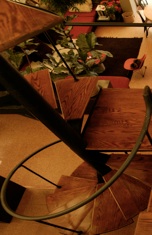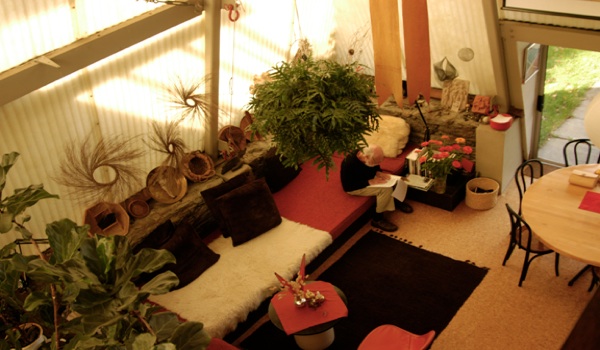“I like the idea of impermanence, rather than something designed and built for eternity, which is the classic approach. The new architect's building is changed or is torn down. Impermanence is there and is alive as long as the construction method can be adapted to different needs. There is perhaps a longer lifespan for buildings that adapt to change rather than resist it. Of course, New York is full of buildings that are to be torn down. They are still firm but they don't serve any more, and they are difficult, heavy and expensive. I think it's a move against that idea of the permanent.
The house I live in here is steel framed, thirty square foot, has 64 attachment points on the frame - 32 outside and 32 inside, from which rooms can be hung, platforms can be moved out and bits can be shuffled. I could add more rooms outside or more rooms inside. Where I'm sitting now, I'm on a platform that is held from the roof by two cables. This could be removed and rebuilt somewhere else. This is a delight.
...The demands of the average house in terms of size and rearrangement are very taxing. It's nice to design for that rather than to oppose it.”
- John M Johansen, interviewed by Hans Ulrich Obrist
